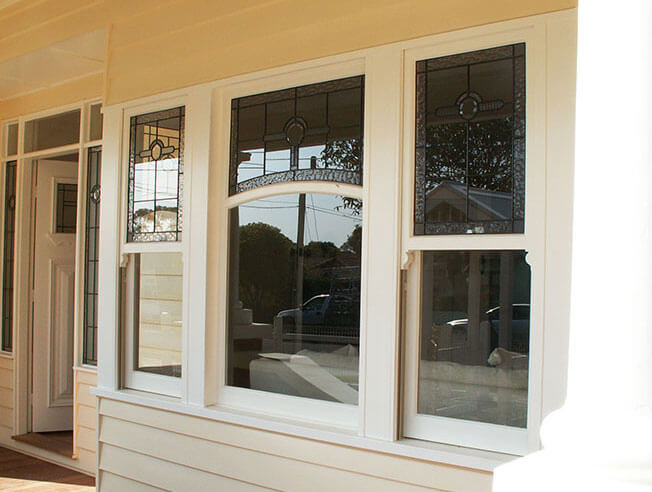All Categories
Featured
Table of Contents
Buy Double Glazed Upvc Sliding Doors In Sydney in Greenmount WA
That window can send more solar heat in winter season than in summer season. A west-facing window on a summertime's afternoon has an angle of incidence from near 0 up to 30 with a large reliable location of solar radiation. A north-facing window, in summer, has a high angle of occurrence and a low reliable location of solar radiation, so can send less heat than a west-facing one.

You can quickly and quickly improve the thermal efficiency of your home by replacing your windows. There are thousands of types of glass and frames to choose from.
Which Double Glazing Company Is The Best? in City Beach Western Australia
Single glazing with clear glass is not extremely effective when it comes to heat loss or gain. To improve efficiency, you can utilize single glazing with a more energy-efficient type of glass such as low emissivity (low-e) glass.
The energy efficiency of IGUs likewise depends on: the homes of each layer of glass. Different glass types (for example, clear and low-e glass) can be put together in an IGU.
Why Does Double Glazing Help To Keep Us Cool In Summer? in Greenmount Western Australia

IGU cavities can be filled with air or a more inert, low-conductivity gas such as argon the width of the cavity. Cavity thickness is typically 6 to 18mm. Broader cavities offer lower (better) U values, with 12mm generally accepted as the preferred space how well the cavity is sealed. Cavities should be dry and well sealed to prevent moisture getting in.
If argon is set up to the cavity in location of air, moisture is dependably left out the level of desiccant (drying agent). The spacer (metal or polymer strip) that separates the glass layers consists of a desiccant to soak up any wetness. Inadequate desiccant may trigger moisture to condense on the glass surface area in cold conditions, reducing thermal efficiency.
The Best Double Glazing Companies In Canberra in Landsdale WA
IGUs can deliver much better energy efficiency for all climates, particularly in heated and air-conditioned homes. Cross-section detail of single, double and triple-glazing units Low emissivity glass (frequently known as low-e glass) minimizes heat transfer. Low-e glass may be either high or low transmission: High transmission low-e glass has a covering that allows daytime from the sun to pass into your home to achieve excellent solar heat gain, but reduces the amount of the long wavelength infrared heat that can leave back through the window.
Low-e glass has either a pyrolytic finishing or a vacuum-deposited thin film metal covering. Pyrolytic finishings are resilient and can be used for any glazing; vacuum-deposited coverings are soft and are just used within IGUs. Low-e finishings can significantly improve both U value and SHGC; however, they should be used properly or they will either deteriorate or fail to perform as needed.
Double Glazed Windows: A Complete Guide in Greenwood WA
Low-e finishes can be used in combination with clear, toned or reflective glass. Low-e finishes on glazing can lower heat transfer where required Photo: Department of Market, Science, Energy and Resources Toned glass has colouring additives included during manufacture. It is readily available in different colours, generally bronze, grey, blue and green.
Table of Contents
Latest Posts
The Surprising Benefits Of Double Glazing In The Summer ... in Dalkeith Western Australia
Why Install Stunning Double Glazing Windows During Summer? in Glendalough WA
Double Glazing Windows in Osborne Park Perth
More
Latest Posts
The Surprising Benefits Of Double Glazing In The Summer ... in Dalkeith Western Australia
Why Install Stunning Double Glazing Windows During Summer? in Glendalough WA
Double Glazing Windows in Osborne Park Perth